
   
 | From the Editor's Desk
Why the Coronavirus Is So Confusing Much about the pandemic is still maddeningly unclear. Why do some people get really sick, but others do not? Are the models too optimistic or too pessimistic? Exactly how transmissible and deadly is the virus? How many people have actually been infected? How long must social restrictions go on for? Why are so many questions still unanswered?
The confusion partly arises from the pandemic's scale and pace. Worldwide, at least 3.1 million people have been infected in less than four months. Economies have nose-dived. Societies have paused. In most people's living memory, no crisis has caused so much upheaval so broadly and so quickly. "We've never faced a pandemic like this before, so we don't know what is likely to happen or what would have happened," says Zoe McLaren, a health-policy professor at the University of Maryland at Baltimore County. "That makes it even more difficult in terms of the uncertainty."
But beyond its vast scope and sui generis nature, there are other reasons the pandemic continues to be so befuddling - a slew of forces scientific and societal, epidemiological and epistemological. What follows is an analysis of those forces, and a guide to making sense of a problem that is now too big for any one person to fully comprehend.
Continued here
TradeBriefs: What's important, not just what's popular!
Advertisers of the day
Emeritus: PG Diploma in Digital Business by Emeritus in collaboration with MIT Sloan & Columbia Business School Executive Education | Accepting Applications
Emeritus: Accepting Applications for the Postgraduate Diploma in Leadership | 6 Months, Online
Emeritus: PG Diploma in Innovation & Design Thinking | Accepting Applications
Our advertisers help fund the daily operations of TradeBriefs. We request you to accept our promotional emails. | | |

















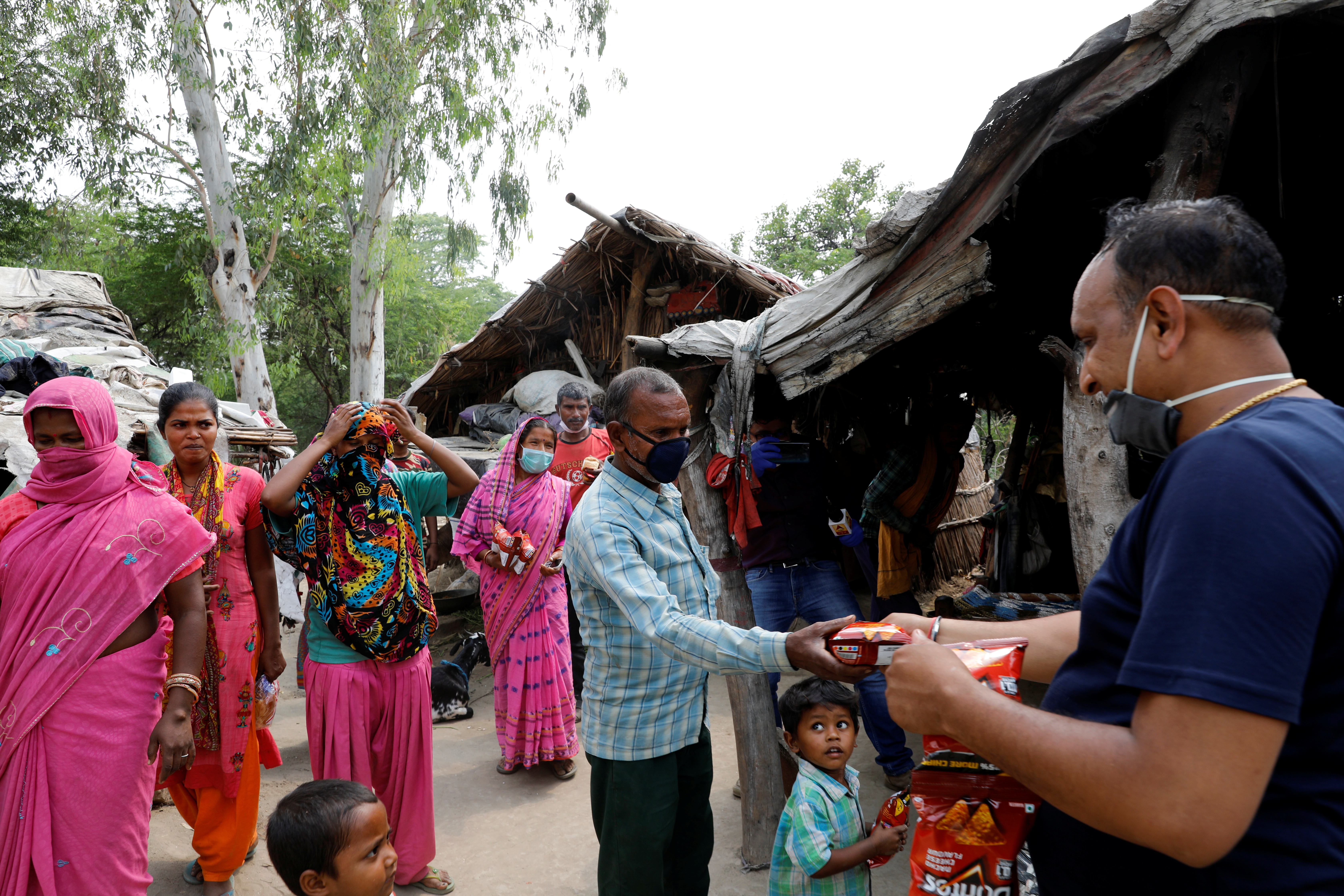








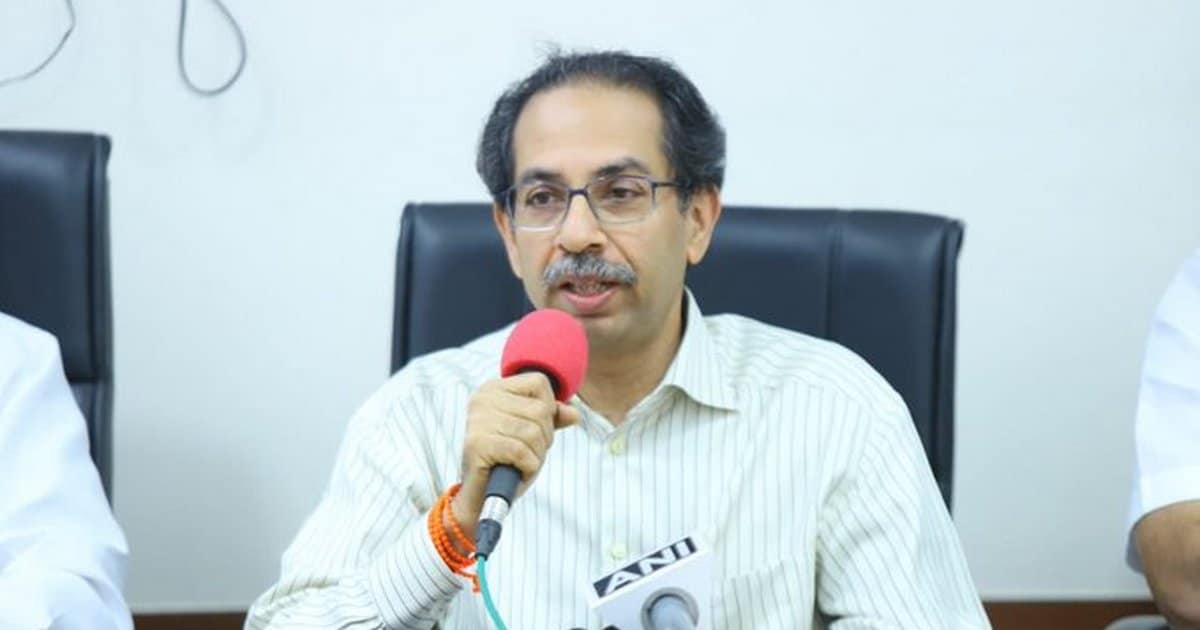


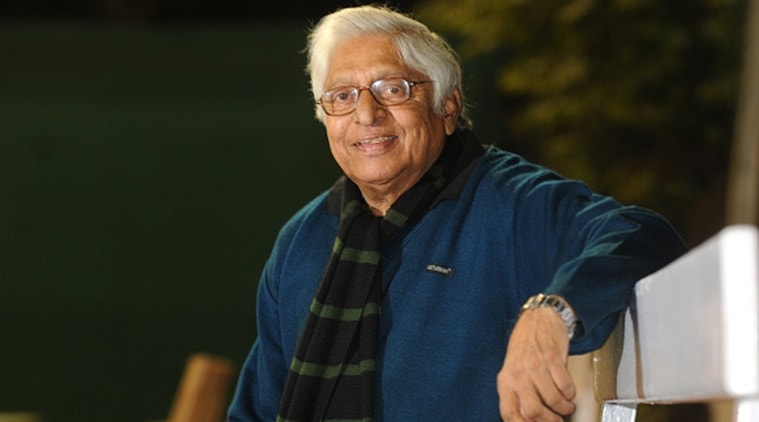
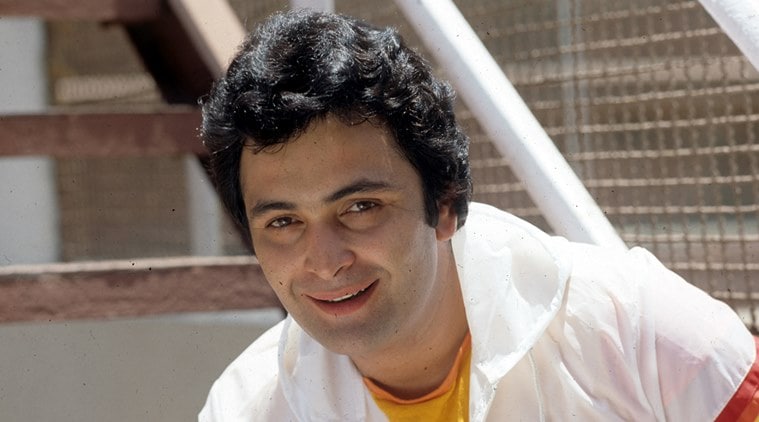
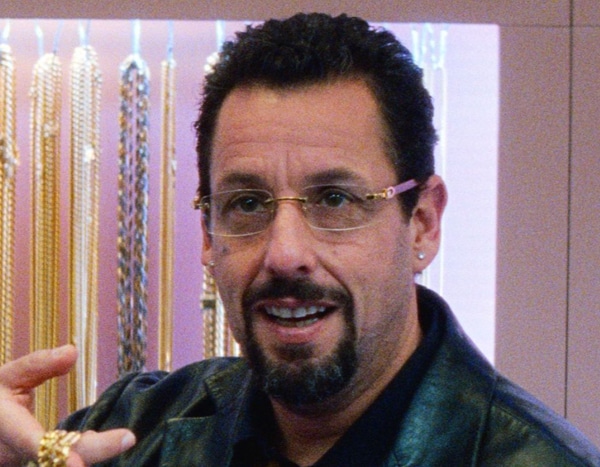







No comments:
Post a Comment